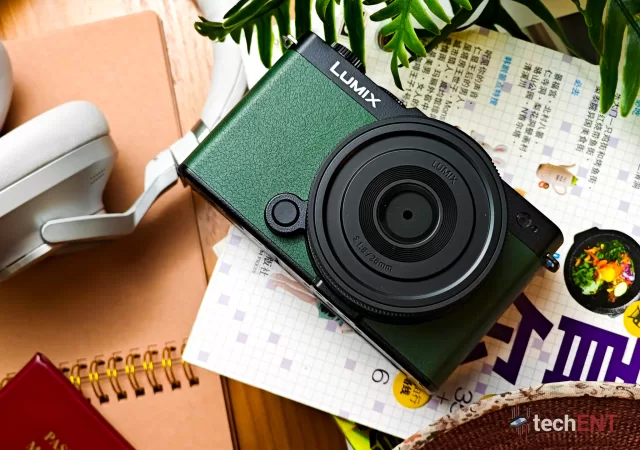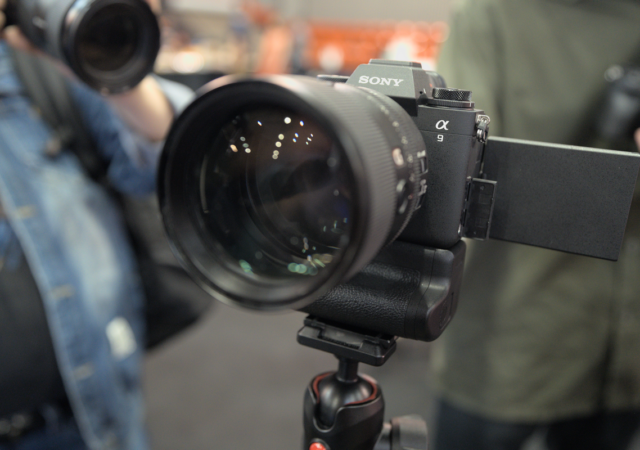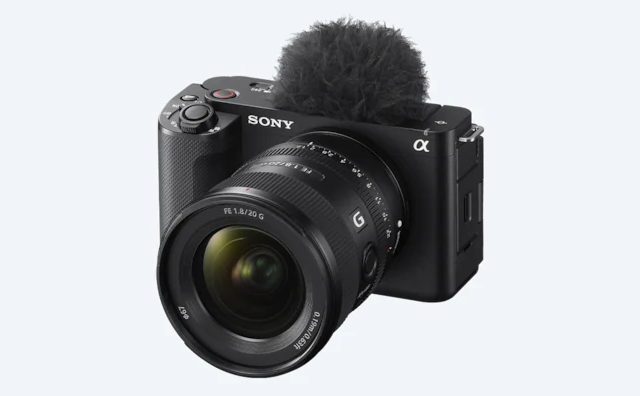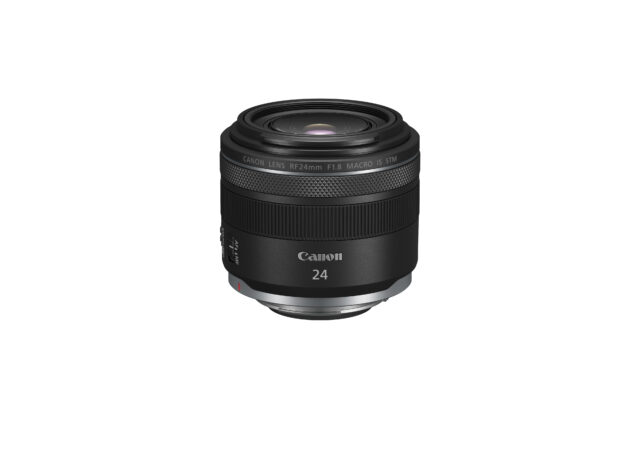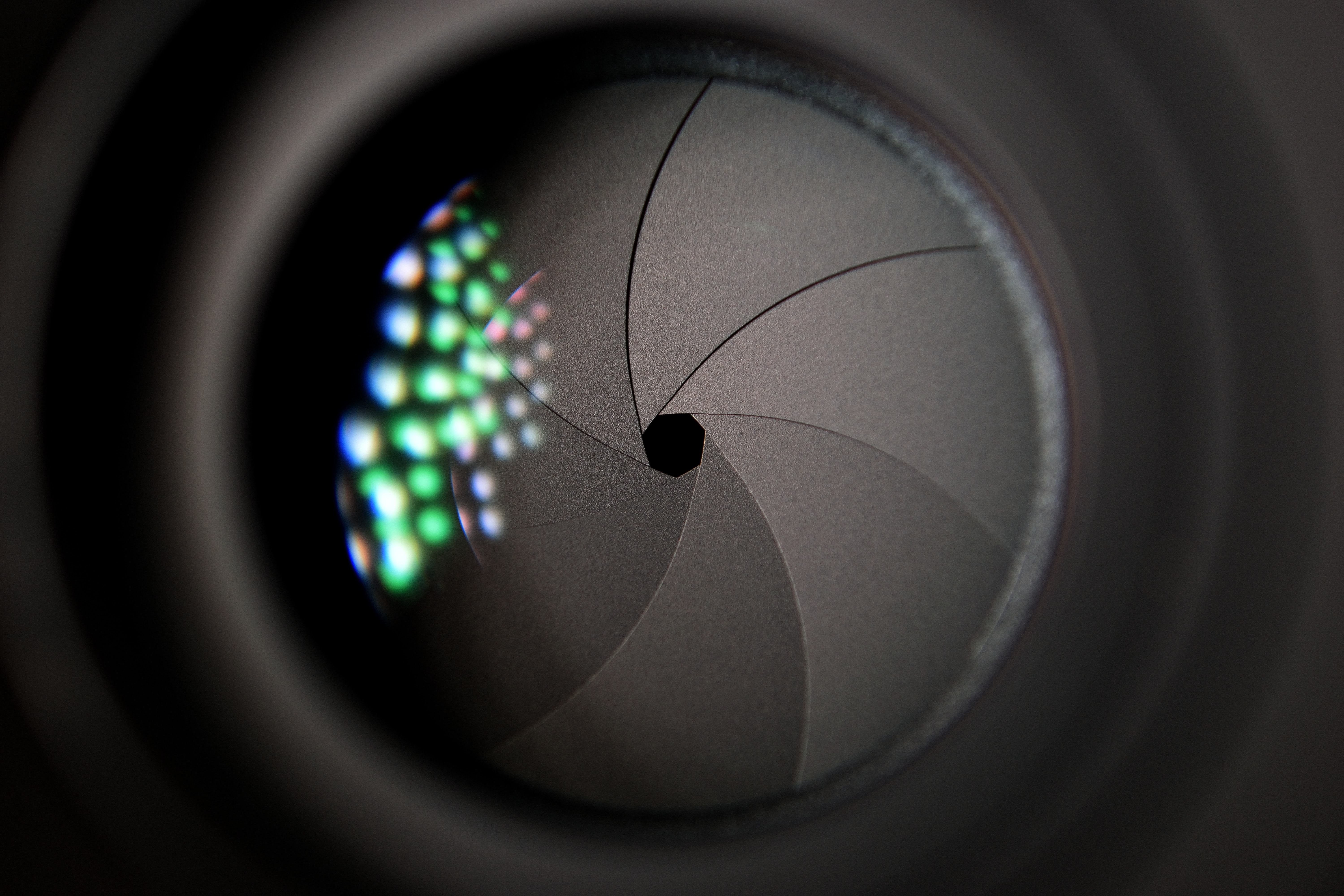The Panasonic LUMIX S9 has officially made its debut in Malaysia with prices starting at RM7,599 and an assortment of colours.
Sony α9 III & SEL300F28GM Make Malaysian Debut
Sony’s brand new α9 III makes it Malaysian debut. The new global shutter feature paired with a stacked CMOS sensor makes it one of the fastest cameras available in the market.
Sony Announces Another Vlogging Camera ZV-E1 with Interchangeable Lens
Sony launches yet another camera aimed for vlogging, the ZV-E1. The new ZV-E1 comes with a full-frame sensor and some AI functions.
More Mirrorless Goodness from Canon with new RF Lenses
Canon RF lens family just got bigger and now up to 30 lenses in selection with new RF24mm f/1.8 MACRO IS STM and RF15-30mm f/45.-6.3 IS STM.
[Update] The New Sony Alpha 7C (α7C) – Mirrorless Full-Frame is Now Lighter, Smaller, and More Affordable at MYR 8,399!
Sony just launched their brand-new Alpha 7C, the lightest and smallest full-frame camera in the world; most affordable too.
Photography is the Word – The Case of Replacing Your Camera with Smartphones; Should You?
Photography is a wonderful thing. Everyone loves a good photo. A good photo can be shared with the world to convey stories, to eternalise important moments, to remember. It allows you to see the world or environment as someone else…



